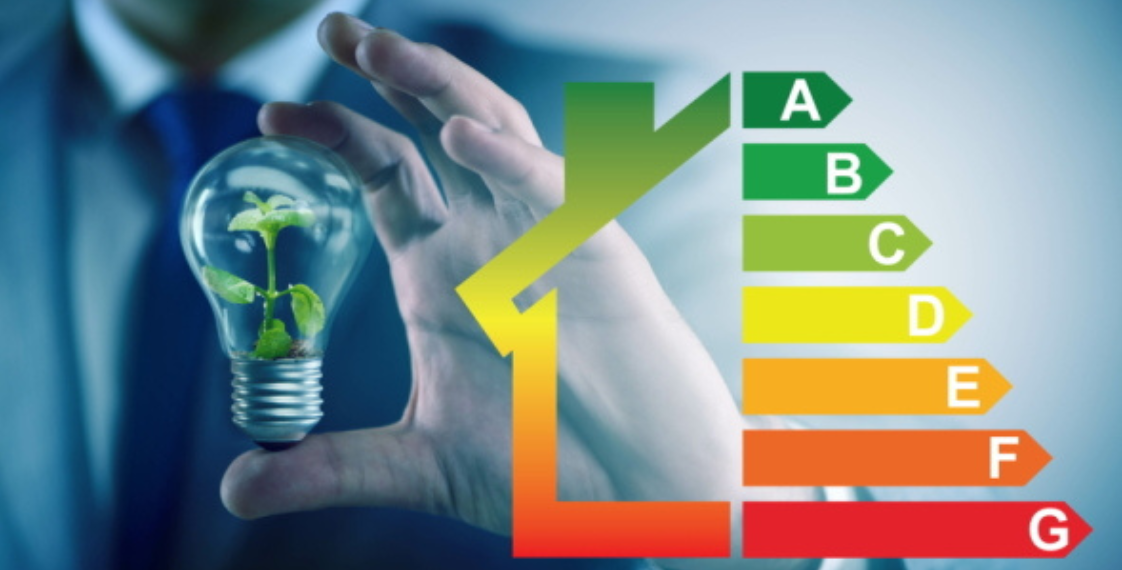How much energy does a refrigerated display case consume?

Energy consumption and therefore energy costs are important economic factors for a company. In the food retail sector, approximately 48 percent of energy consumption is attributed to refrigeration technology, 10 percent to air conditioning, 22 percent to lighting, and 20 percent to other consumers. Therefore, retailers rightfully want to know the energy requirements of refrigeration systems before making a purchase.
The annual energy consumption of lighting is almost independent of environmental conditions and can be easily determined by multiplying the power with the expected operating time. However, the situation is different for refrigeration systems and display cases, as their consumption varies depending on the environment. The compressor is the main consumer of the refrigeration system: The lower the evaporation temperature and the higher the condensation temperature, the higher the energy consumption. Efficient planning of a system can be achieved by using display cases that operate at a high evaporation temperature and appropriately sized condensers or gas coolers. Additionally, the system can be optimized for warm outdoor temperatures by employing Epta systems such as Full Transcritical Efficiency (FTE) or Extreme Temperature Efficiency (ETE). The energy consumption also changes throughout the year due to fluctuating ambient temperatures, which must also be considered in calculations.
The consumption depends on usage
The energy consumption of refrigeration units depends on factors such as stocking of goods, frequency of door openings, night covers, ambient temperature, and humidity in the market. Similar to refrigeration systems, these external factors influence energy usage. Throughout the year, these factors can fluctuate significantly depending on whether it is a day of high sales activity or a quieter day in the market. How can one then make a realistic estimate of energy consumption, and to what extent does the information provided on the EU energy label assist in this regard?
EU label for comparison
The information on the EU energy label is based on constant ambient temperatures and a predefined usage of the refrigeration unit. Therefore, seasonal variations or different usage patterns are not taken into account. Consequently, the actual energy consumption of a unit due to fluctuating ambient conditions is lower than the value indicated on the EU label. However, the EU energy label aids in purchasing decisions by allowing comparisons between different refrigeration units. For a realistic assessment of the energy consumption of a refrigeration system or unit, it is necessary to consider not only the external climate and conditions within the store but also the entire operating cycle. This prevents selecting a system that may be more efficient only at a single operating point but not across the entire operating cycle.